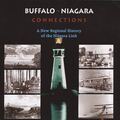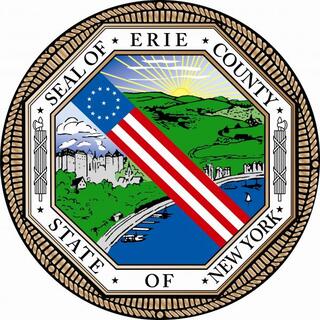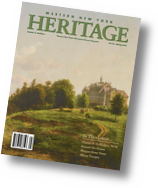In 1843, Irish immigrant William A. Carland came
to Buffalo from Boston to establish a factory for the manufacture of ready-made
men's clothing. He constructed "Gothic Hall," as it was known then
and throughout its 124-year life at 189 Main Street, a part of Main Street not
known for its sophistication. Despite being scoffed at for constructing such an ornate building, his effort
had the effect of improving that side of Main Street, which came to be called
"the bustling side." On the upper floors was his factory, which at
its height employed 300 mostly German immigrant tailors. He remodeled the
building in 1846. By 1860, his firm was known as Carland and Beirne and he had
a house worth $15,000.
Unfortunately, the successful entrepreneur was staying at
the Clarendon Hotel (Main & South Division Streets) on November 10, 1860,
the night it was destroyed by fire. He and three others lost their lives in the
blaze.
By 1898, the building was owned by Salem LeValley, owner of the Hazard Powder Company.
The storefront describes its hunting and sporting goods specialty.
Beginning around 1920, postcards indicate that Gothic Hall was now owned by M.M. Kirshner, whose specialty was novelties.. An avid promoter of his goods on envelopes and postcards, he claimed to have over 500,000 postcards in stock and souvenirs of Buffalo, Niagara Falls and Canada, in addition to pennants of all the leading cities and countries. His location in unique Gothic Hall on Main Street was prominently featured in his marketing.
The Gothic style was extended into the store on the main floor of Gothic Hall.
By 1967, Gothic Hall had devolved into The Nimrod, a bar. It was demolished as part of the project to build the Marine Midland now HSBC) Tower.
















